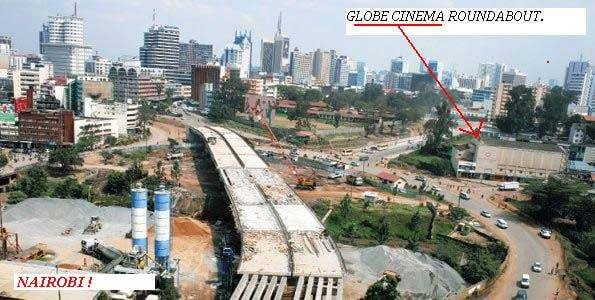The Indian population had grown in most parts of the country by the 1930s. This was especially the case in towns like Kisumu, Nairobi and Mombasa.
The Indian community had a huge role in shaping up the cinema industry across East Africa right from Mombasa to the streets of the Clove Island (Zanzibar). There were many reasons for this.
Indian movies provided an escape from the day to day working life. The movies were entertaining as the movies provided lots of dance scenes. The key heartthrob actors lip synched the latest songs by popular singers. The movies held everyone’s attention whether it was a comedy, action or a sad story.
The popularity of Indian movies from the 1930s onwards can also be understood given this was the era of no Television, VHS or DVDs. The only other form of entertainment were live Indian shows.
The Indian movies also provided avenues for getting up-to-date with the latest fashion and trends as men and women tried emulating fashion trends from their stars in the films. When the famous film star Sharmila Tagore wore a revealing swimsuit in the 1967 film 'An Evening in Paris', she opened the door for many Indian women to go swimming without covering themselves fully!!
Watching Indian movies was one more way of keeping in touch with their indigenous culture as the Indians who had settled in East Africa had started to lose touch with their motherland given that it was expensive to travel to and from their motherland.
As the years went by, first-generation Indians born in Kenya had one further way to maintain and learn their culture, customs and tradition by going to see an Indian movie. The movies acted as custodians and stewards of the Indian beliefs and practices. Almost all the movies were in Hindi, and this was one more benefit of watching Indian movies as it allowed first generation Indians to maintain their parents' language.
Indian movies allowed all Indians to maintain and enhance their sense of identity given an ever changing local cultural and political landscape.
The cinemas actually offered much more than entertainment and culture. There were like temples, mosques or churches. They acted as meeting points for the Indian community. The shows actually became family bonding events. One author actually quoted that cinema were not lifeless chunks of brick and mortar. They resonated with soul and spirit. This is where you mingled with others. The cinemas were places that gave individual lives meaning, and spaces that gave a town emotional life. Across generations, cinemas were central to community formation.
So, and for example, on a typical Sunday evening a lot of Indians would throng the Globe Cinema. This was considered a 'posh' cinema because of its luxurious seats, excellent acoustics and projection. As journalist Kul Bushan quoted, ‘perched on a hillock overlooking the Ngara roundabout, the Globe became the first choice for cinemagoers for new Indian releases as it became the venue to ogle and be ogled by the old and the young.’ Such was the appeal of the Globe Cinema, that it is was here in the heydays of the popularity of Indian movies and in the heydays of KANU, that President Daniel Arap Moi was convinced to hold fundraisers for various national projects including the building of the Armed Forces Memorial Hospital.





No comments:
Post a Comment